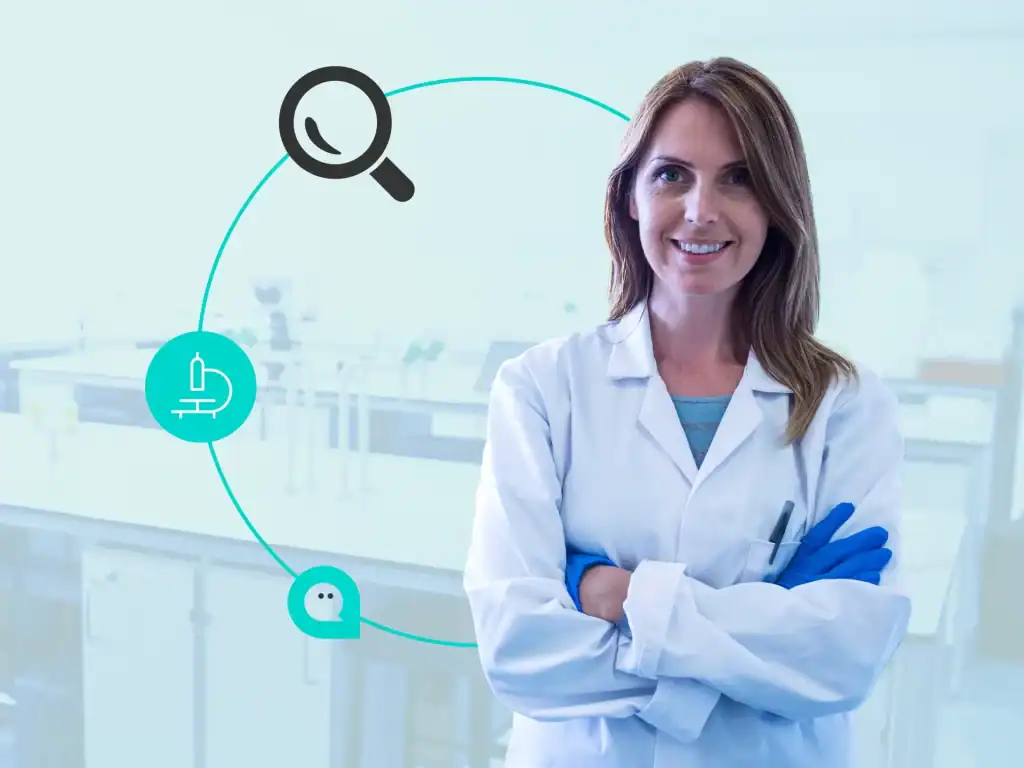The case study we are going to deal with is an example of how XCALLY succeeds in creating optimal solutions for each type of customer and service, thanks to customized project management.
In this case we are talking about a leading mobile company that needed to streamline its customer service deployed across several unconnected call centers.
Who is the client company
The client is one of the leading mobile virtual operators in Italy, founded in 2007. Created with the aim of providing affordable and transparent telephone services, the client stands out for its quality of service and a business model rooted in ethical and sustainable values. Operating on the TIM network, it offers a wide range of solutions for individuals and businesses, with a focus on customer service and simplicity of offers.
What were the client’s needs
The challenge ahead was quite complex: the client had given its call center to two different providers to manage, thus having what is called a distributed call center.
The main objective was therefore to being able to ensure a uniform experience for end customers, overseeing and optimizing operations to achieve efficiency and consistency.
Why did the company contact XCALLY and what were its needs?
By getting in touch with XCALLY the client was looking for a customized solution that would give its users an optimal customer experience. Specifically, it needed to:
- Comply with the SLA timelines provided for the type of service offered
- Standardize processes, to align the operational methods of the two providers.
- Create a structured communication flow between the customer and their suppliers
What services were needed and what were the goals set?
Therefore, a unique software was needed for both providers that could be used remotely and could be integrated with existing systems. In addition, there was a need to monitor data and have consistency in how customer care was managed.
Thus, the goal was to have a consistent customer service for both call centers, with simplified management and communication methods, so as to create an optimal customer journey for all users.

The solution created by XCALLY
To address these issues, a Service Delivery Manager (SDM) was introduced for the client to centralize project management and ensure operational alignment among suppliers.
The SDM’s main responsibilities included:
- Technology unification: introduction of a single software platform for both providers.
- Process standardization: establishing uniform operating methods to ensure consistency in service.
- Targeted training: coordination of training activities to ensure that both providers adopted the same tools and procedures.
- Call monitoring: overseeing the distribution of requests among providers to optimize workloads.
- Uniformity of SLAs: creation of a shared framework for monitoring and complying with service level agreements.
- Communication facilitation: promoting continuous and transparent dialogue between suppliers and the customer.
What are the key features of the solution implemented by XCALLY
The Service Delivery Manager then took a series of strategic actions to address the problems:
- Introducing a unique software
The system XCALLY was implemented as a centralized platform for call and ticket management. This tool eliminated technological fragmentation by integrating with the customer’s data analysis system (ZOHO Analytics). - Process integration
Workflows between the two vendors have been standardized, with the unique software customized to meet their needs and training sessions organized for system adoption. - Periodic planning and alignment
The SDM has established weekly meetings to monitor performance, share feedback, and solve operational problems.
The results obtained
As a result of the SDM’s intervention, the client achieved significant results:
- Uniformity in end-customer experience
The adoption of a single software platform and standardized processes ensured consistent service for customers, regardless of the vendor handling the request. - Service quality improvement:
- Reduction of 15% in average ticket handling time.
- 20% increase in final customer satisfaction (CSAT).
- Reduction of technological problems:
- Elimination of inefficiencies associated with the use of separate software.
- Increased transparency and speed in analyzing operational data.
- Increased operational efficiency
Shared processes and a common platform have improved collaboration among suppliers. - Reduced operating costs
Technological simplification and productivity improvements have resulted in overall savings of 12 percent.

Conclusion
The introduction of the Service Delivery Manager proved crucial to the success of the project, leading to significant benefits. First, it overcame technological fragmentation through the adoption of a single software platform. This facilitated more effective coordination and collaboration, centralizing management and improving relationships among suppliers.
In addition, the SDM ensured operational uniformity through the creation of shared standards, thus ensuring high-quality service. Strategically, it has transformed a complex situation into an efficient and sustainable collaboration model.
Finally, the centralized platform has optimized data analysis and improved identification of critical operational issues, contributing to superior performance overall.






